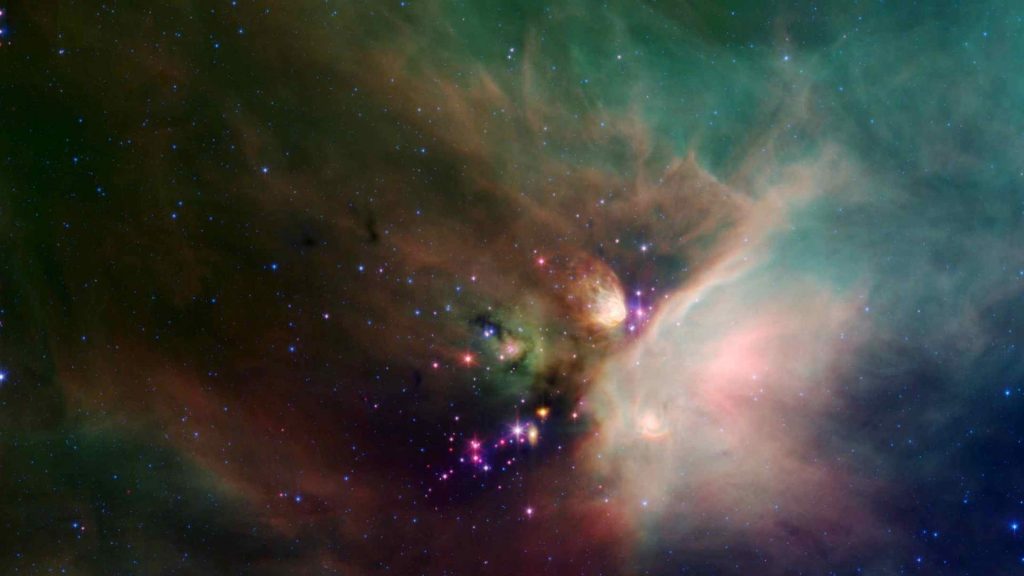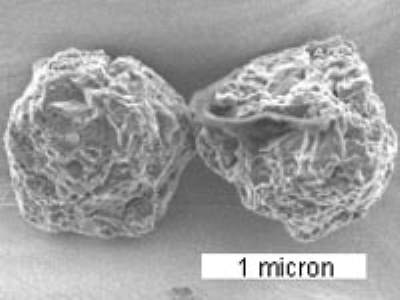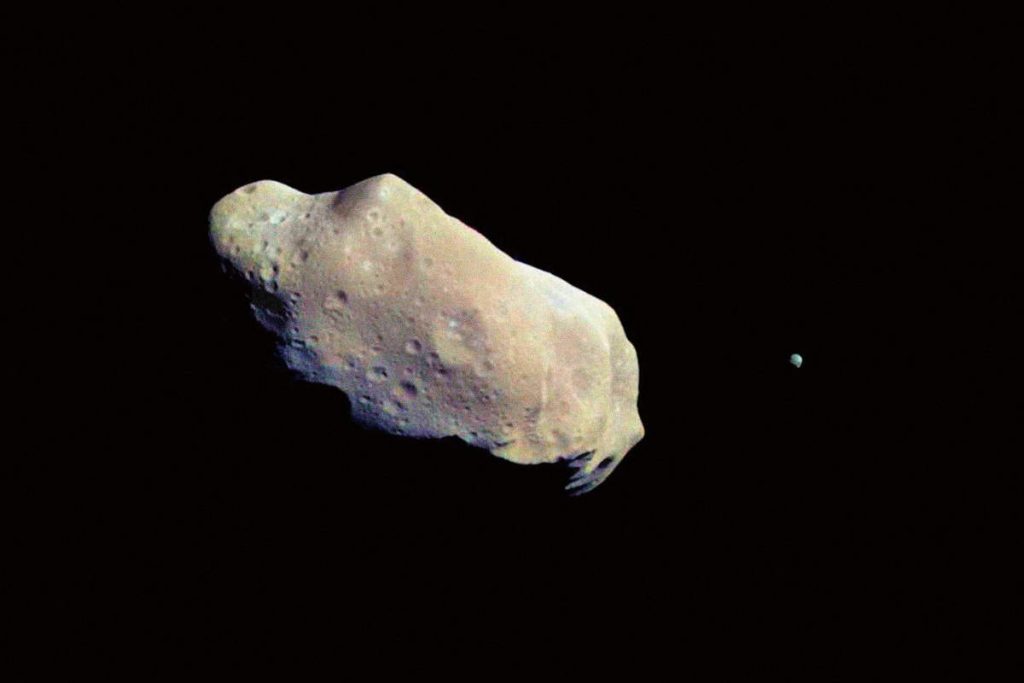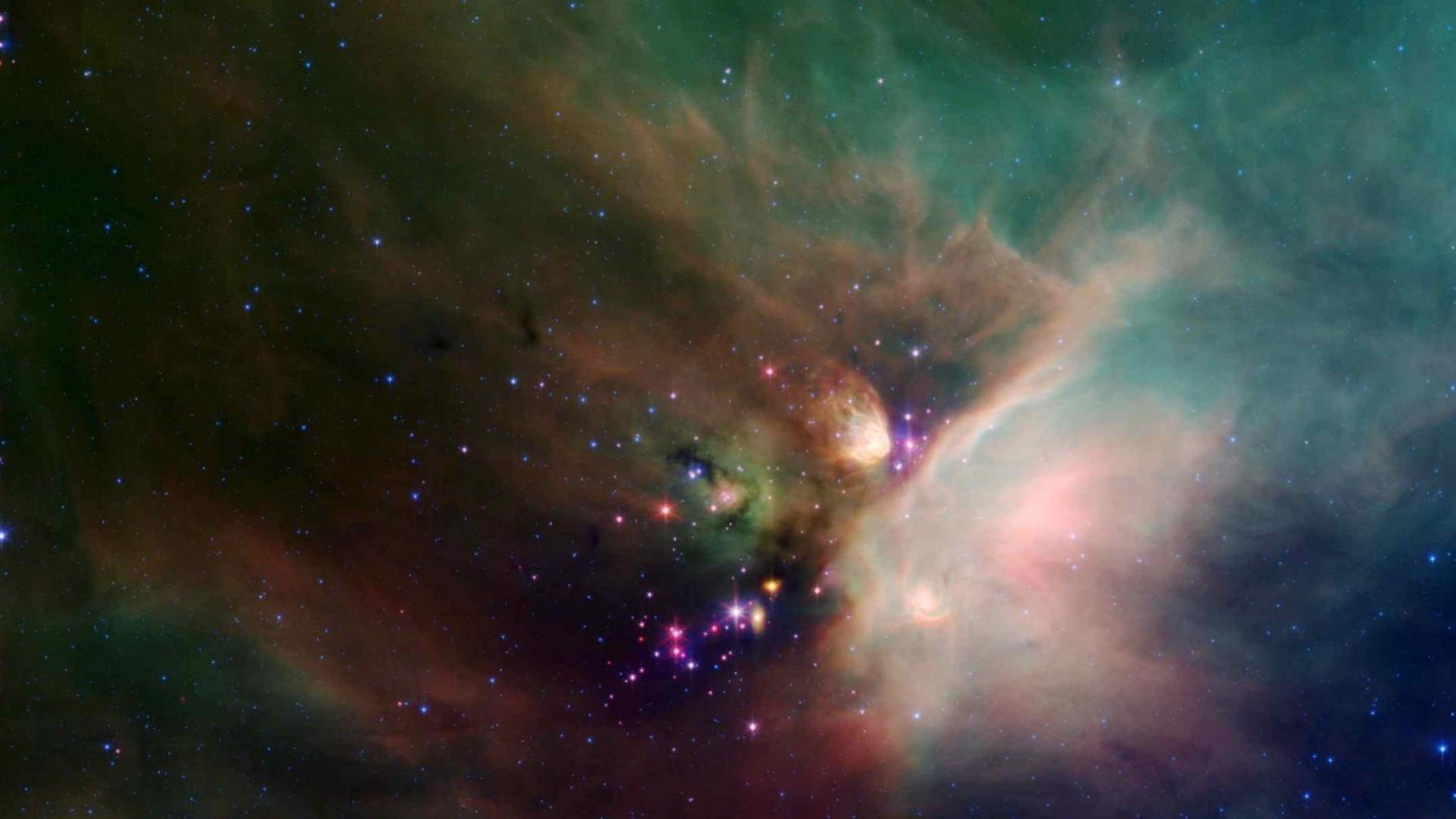Scientists have found the oldest material on Earth in a 7 billion-year-old meteorite – a space rock that is way older than the Earth and even older than our solar system! For comparison, the age of Earth is approximately 4.54 billion years, with an error range of about 50 million years. The Sun is about 4.6 billion years old.

Murchison meteorite
Almost fifty years ago, on 28 September 1969 at about 10:58 am local time, a large meteorite fell to Earth and landed in Australia near the town of Murchison, Victoria.
A bright fireball was observed to separate into three fragments before disappearing, leaving a cloud of smoke. About 30 seconds later, a tremor was heard.
Many fragments of the meteorite were found over an area larger than 13 square km (5.0 sq mi). The pieces’ individual masses were up to 7 kilograms (15 lb); one, weighing 680 grams (1.5 lb), broke through a roof and fell in the hay.

The total collected mass of the meteorite exceeds 100 kilograms (220 lb). Thanks to this big mass, it is one of the most studied meteorites by scientists (large size means more samples can be available).
The fact that it was an observed fall, and that it belongs to a group of meteorites rich in organic compounds are other reasons that it has been studied many times. Organic compounds are generally any chemical compounds that contain carbon – and carbon is the main building block of life on Earth.
The collected pieces of the Murchison meteorite were analyzed at the NASA Ames Research Center where they were discovered to contain the first convincing evidence of amino acids of extraterrestrial origin, confirming the Miller-Urey experiment (a 1952 chemical experiment that simulated the conditions thought (1952) at the time to be present on the early Earth, and tested the chemical origin of life under those conditions). The Murchison meteorite samples contained 90 different amino acids, only 19 of which are found on earth.
The oldest material on Earth found so far
In January 2020, a team of researchers from the United States and Switzerland analyzed 40 tiny pre-solar (older than the Solar System) grains contained in a portion of the Murchison meteorite.
The scientists analyzed 40 grains and found out that the oldest of the Murchison meteorite particles are 7 billion years old, billions of years older than the 4.54 billion years age of the Earth itself. This is the oldest material on Earth found so far.
All of the stardust specks analyzed were older than the solar system. Known as “pre-solar grains”, 60 percent of them were between 4.6 and 4.9 billion years old. The oldest 10 percent found to be more than 5.6 billion years ago.
Stardust

The nitrogen in our DNA, the calcium in our teeth, the iron in our blood, the carbon in our apple pies were made in the interiors of collapsing stars. We are made of starstuff.
Carl Sagan – Cosmos
The dust in the interstellar medium is called “stardust”. Stardust grains (also called presolar grains by meteoriticists, because they originated at a time before the Sun was formed) are contained within meteorites.
The meteorites have stored those stardust grains ever since the meteorites first assembled within the planetary accretion disk more than 4.5 billion years ago.
What is a meteorite?
If the meteoroid (a space rock smaller than an asteroid) comes close enough to Earth and enters the Earth’s atmosphere and if it is large enough, some fraction of it can survive the ablative entry through the atmosphere and land on the surface. This part of the meteoroid is then called a meteorite.

Sources
- “The oldest material on Earth has been found in a meteorite” on the CNN Space & Science website
- “Oldest material on Earth discovered” on the BBC News website
- “Oldest material ever found on Earth predates the entire solar system” on the New Atlas website
- Murchison meteorite on Wikipedia
- Cosmic dust on Wikipedia
- “7 Billion-Year-Old Stardust Is Oldest Material Found on Earth” on Live Science
- Moon Landings: All-Time List [1966-2025] - February 2, 2025
- What Is Max-Q and Why Is It Important During Rocket Launches? - January 16, 2025
- Top 10 Tallest Rockets Ever Launched [2025 Update] - January 16, 2025
